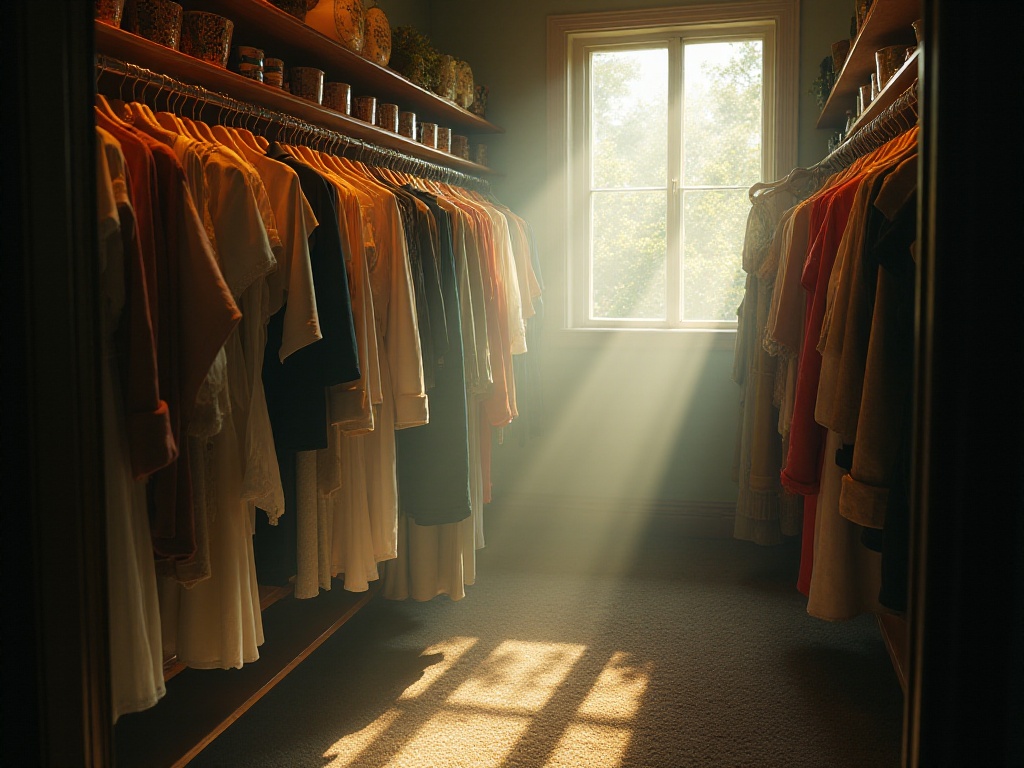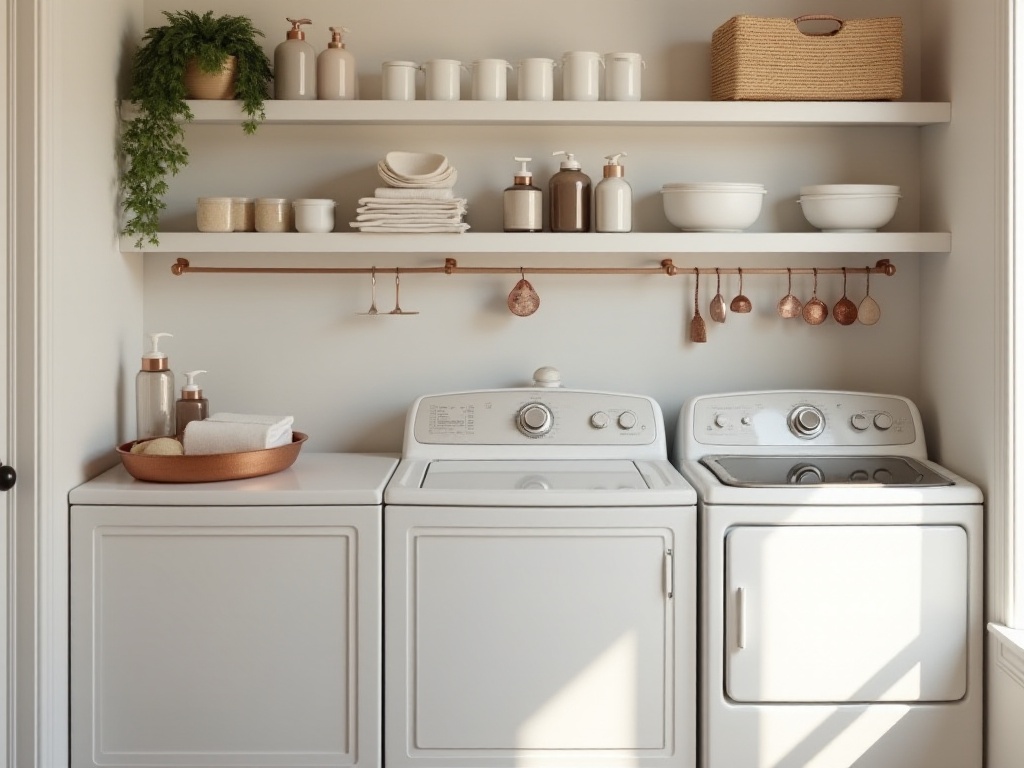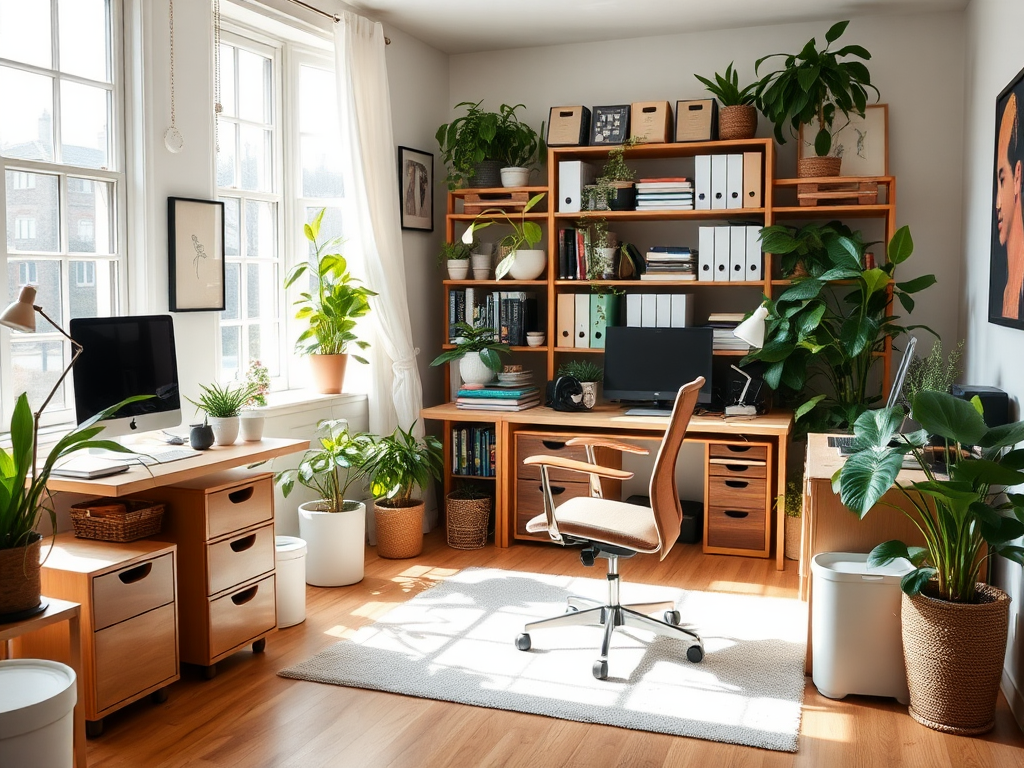A Reasonable Preface
Every time I return home to see takeout boxes scattered on the floor, messy clothes, and piles of miscellaneous items, I sink into deep anxiety. As a newly graduated office worker living in a 430-square-foot apartment, I always feel like there isn't enough space. Every weekend I determine to clean up properly, but often lose patience halfway through and give up. Until one day, I couldn't stand this chaotic living state anymore and decided to make a complete change.
After six months of exploration and practice, I finally transformed from an "organizing idiot" who couldn't even manage a drawer properly into a "storage expert" in my friends' eyes. Now when I return home each day, seeing everything in order instantly soothes my mind. As someone who has gone through this transformation, I particularly want to share my experiences and insights.
Getting Started
I remember the first time I was determined to organize my room, looking at the mess before me, I had no idea where to begin. Later, after researching a lot online, I discovered that to conduct a thorough organization, preparation work must be done as rigorously as project management.
First, I took out my notebook and, like interior designers on TV, conducted a comprehensive "check-up" of my small home. Starting from the entryway, I carefully recorded the problems in each corner:
The entryway was filled with delivery boxes, creating a "barrier" to cross every time I entered; the shoe cabinet was not only packed with rarely worn shoes but also filled with various miscellaneous items, making daily shoe changes troublesome; the living room coffee table was covered with takeout boxes and snack bags; kitchen counters were occupied by condiment bottles, many expired but never thrown away; clothes in the wardrobe were a mess, some I couldn't even remember when I last wore; documents on the desk were piled like mountains, often making important files hard to find.
Through this detailed recording, I discovered the problems mainly concentrated in several aspects: excessive items with mixed categorization, low storage space utilization, and lack of timely organization habits. This made me realize that to fundamentally change the current situation, I must start from these aspects.
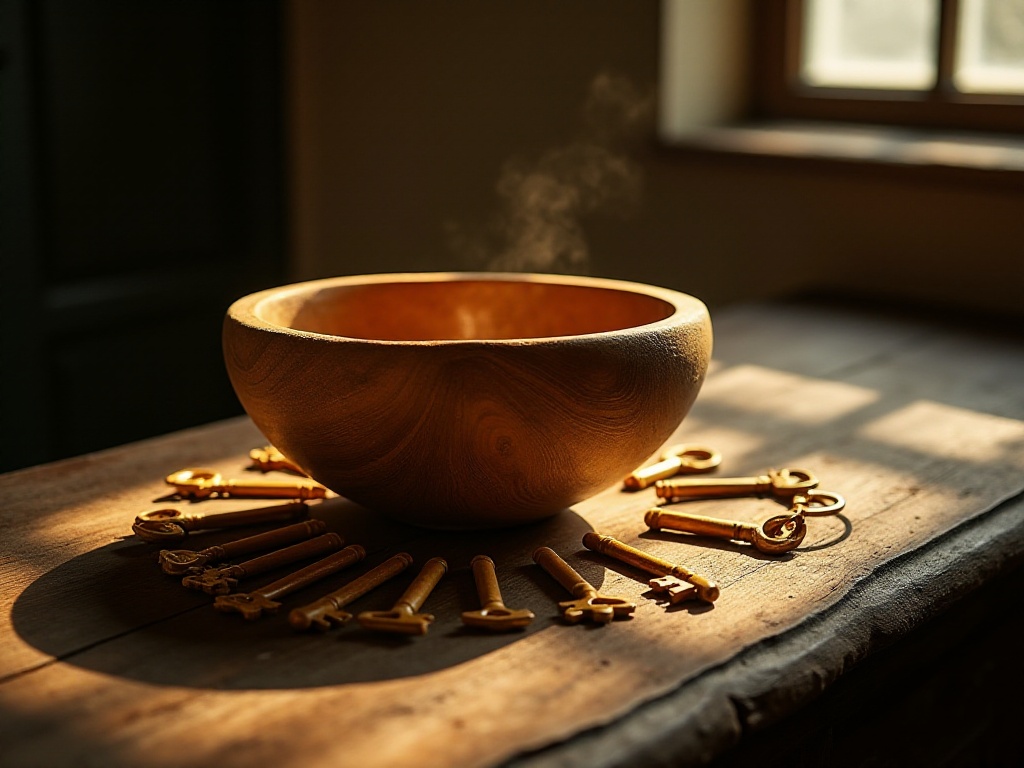
Mindset Building
Before formally starting organization, I think it's necessary to discuss mindset issues first. Many people (including my former self) have this psychology: fear of making home even messier during organization, so they hesitate to start. Indeed, when you empty all clothes from the wardrobe and clear everything from the desk, the scene before you can be overwhelming. But this process of "chaos before order" is necessary.
The first time I organized my wardrobe, I dumped all clothes on the bed, and that "clothes mountain" almost scared me to death. But it was through this complete emptying that I discovered just how many clothes I had accumulated that I would never wear. Following the principle of "donate if not worn in six months," I cleared out three full bags of clothing.
The chaotic state during organization is like renovating a house - you must tear down the old before renovating anew. This process might last several hours or even days, but if you persist, the final result is absolutely worth it.
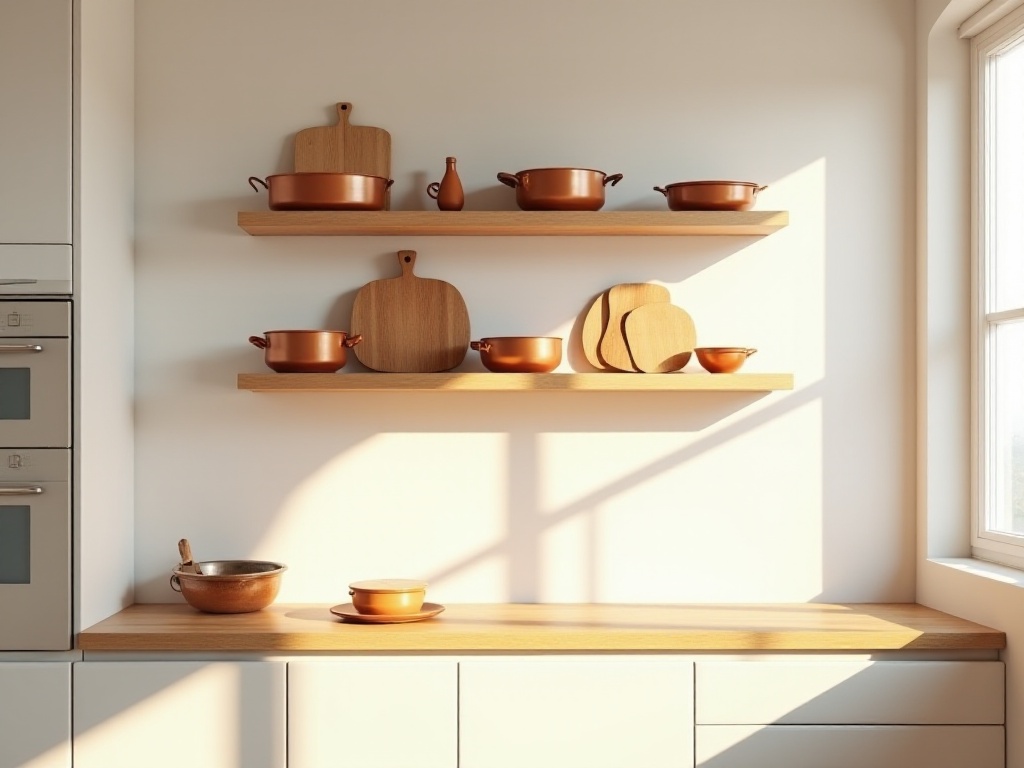
Space Planning
Before organizing, I always felt my small home was too tiny, but later discovered the problem wasn't the space size but space utilization efficiency. Especially vertical space development, which is absolutely a lifesaver for small homes.
For example, my entryway originally had just a simple shoe cabinet, often cluttered with miscellaneous items. Later, I installed several storage shelves and hooks on the wall, instantly creating much more practical storage space. Keys and bags now had fixed hanging spots, and scattered small items could be stored promptly, no longer left lying around.
The bathroom was also an important renovation area. The space under the sink was originally wasted, but after adding layered storage racks, it could categorically store cleaning supplies and skincare products. Wall-mounted storage racks installed without drilling were used for towels and daily toiletries, both beautiful and practical.
The kitchen renovation surprised me even more. Previously, condiments were randomly placed on countertops, not only taking up space but looking messy. Later, I installed layered storage racks behind cabinet doors, specifically for storing condiments and small kitchen tools. The countertops immediately became much cleaner, and I no longer had to search the whole house while cooking.
What I'm most proud of is the study renovation. I installed a full wall of shelves, which can hold not only books but also decorative items and plants. When I look up while working, I see a wall full of vitality, instantly improving my mood.

Classification System
Establishing a scientific classification system is the core of organization and storage. My current classification method is mainly based on frequency of use, which ensures easy access to frequently used items while making space utilization more reasonable.
Frequently used items, like daily skincare and makeup products, are placed in the most accessible positions on the sink counter. Work-related items like computers, tablets, and stationery are concentrated on the desk, within easy reach.
Occasionally used items, such as makeup and jewelry for specific occasions, are stored in drawers, organized by category in compartments. Seasonal clothing and shoes are stored according to current season, ensuring maximum closet space utilization.
Rarely used items, like suitcases and heavy winter bedding, are stored uniformly in the storage room or high storage spaces. Though rarely used, these items need regular checking and cleaning to avoid becoming dead storage corners.
In the kitchen, I categorize condiments into three levels based on usage frequency: daily necessities like salt and soy sauce are placed in the most accessible positions; frequently but not daily used spices and vinegar on the second level; rarely used special condiments on the last level. This makes cooking more organized.
For documents, I've also established a detailed classification system. Frequently used work materials are in desk file holders, categorized by project; important but infrequently used files are in archive boxes with clear content and date labels; completed project materials are regularly organized and archived in storage cabinets.
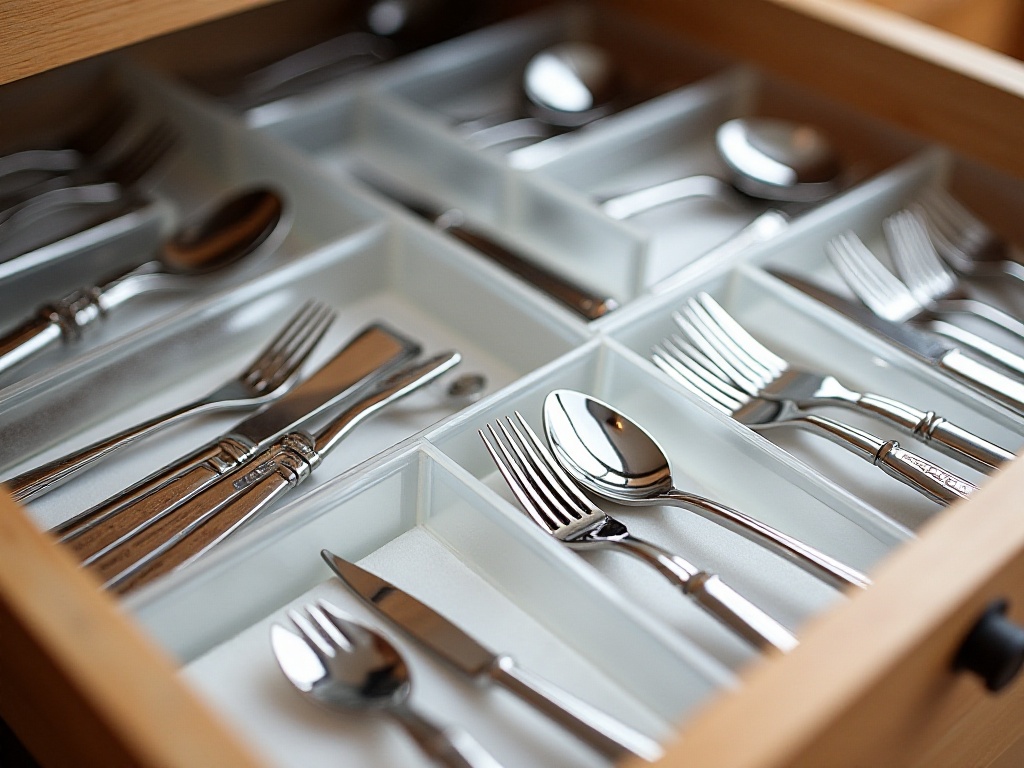
Daily Maintenance
Even the perfect storage system will quickly collapse without daily maintenance. Through this period of practice, I've summarized a simple but effective daily maintenance plan.
Every morning before leaving, I spend 3 minutes quickly organizing the bed and sink counter. Though brief, this small habit can improve mood for the whole day.
After lunch, I promptly clean up dishes and kitchen, not leaving oil stains and food residue until evening. This not only maintains kitchen cleanliness but also prevents bacterial growth.
The 10-minute organization time before bed is most important. I return items used during the day to their places, check if things needed for tomorrow are ready, and do simple cleaning. After maintaining this habit, my home has never become particularly messy again.
Weekends are scheduled for relatively thorough organization, mainly areas neglected during weekdays like refrigerator and storage cabinets. It's also a chance to check if various items need replenishment or updating.
A major cleaning is conducted each season change, mainly for clothing and seasonal items replacement. This is also a good opportunity for minimalism, clearing out unneeded items.
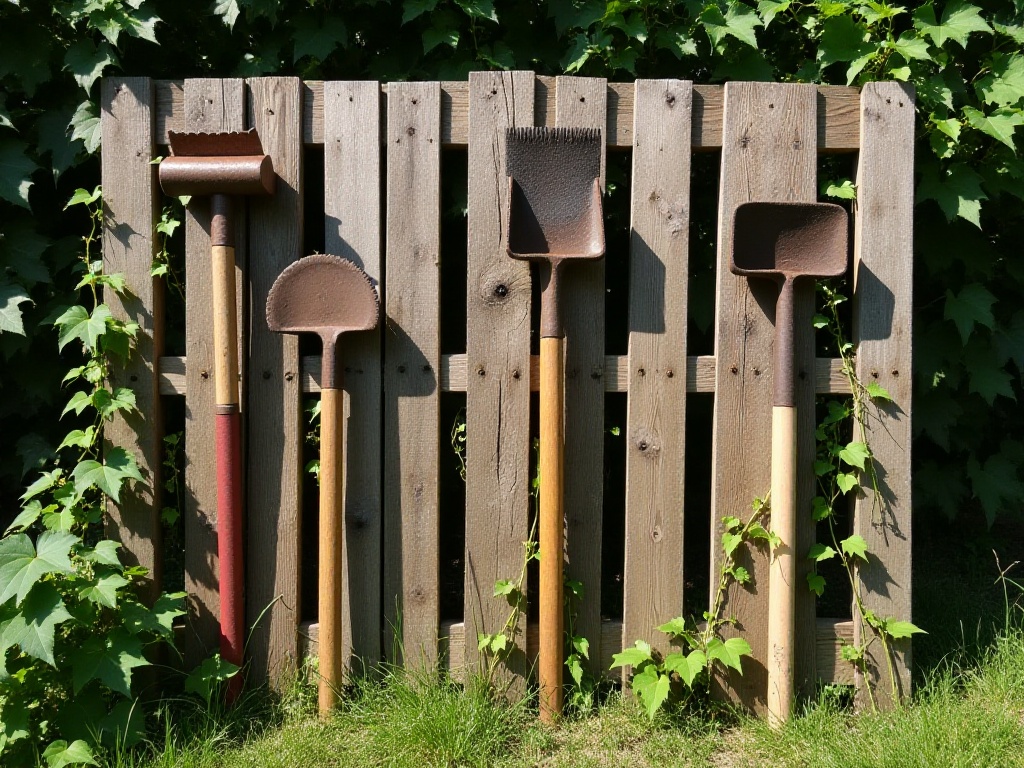
Storage Solutions
Regarding storage solutions, I most advocate for multifunctional furniture. When renting in cities where space is precious, every inch must be fully utilized.
My bed has storage function with gas lift mechanism, the space underneath can store seasonal clothing and bedding. A wall-mounted small shelf installed at the headboard can hold small items like phones and glasses, and a cup of water, very practical.
The living room coffee table is a multifunctional height-adjustable table, serving as a coffee table normally and rising to become a dining table when eating, with storage space underneath for magazines and remotes. The sofa also has storage function, perfect for small apartments as it serves both seating and storage purposes.
The study desk was custom-made, with many drawers and storage compartments below for categorically storing various office supplies and documents. The keyboard tray design makes the desktop more spacious, while the monitor stand releases more workspace.
The shoe cabinet was chosen with drawers, not only for shoes but also miscellaneous items in the drawers. Plus, its top serves as a shoe-changing bench, truly multipurpose.
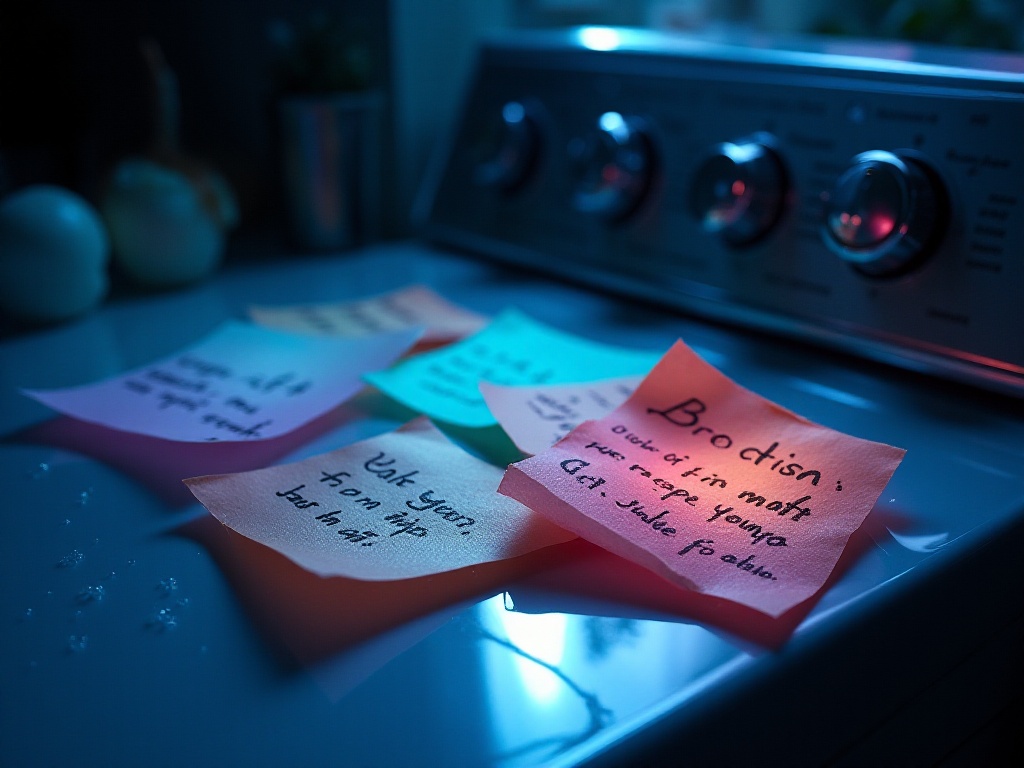
Storage Strategies
For storage strategies, besides the "one in, one out" principle, I've practiced many effective methods.
For instance, the "three-minute rule": if something can be done within three minutes, do it immediately. This includes cleaning used dishes, organizing changed clothes, handling received deliveries, etc. This method is particularly suitable for preventing small issues from accumulating into big problems.
There's also the "regular inventory method": setting a fixed day each month to inventory and organize household items. This helps timely discover items needing replenishment or replacement while avoiding accumulating too many unused things.
For easily accumulated items, I set quantity limits. For example, no more than 3 skincare products, 5 bags, 10 pairs of shoes, etc. Once exceeding the limit, old items must be handled before purchasing new ones.
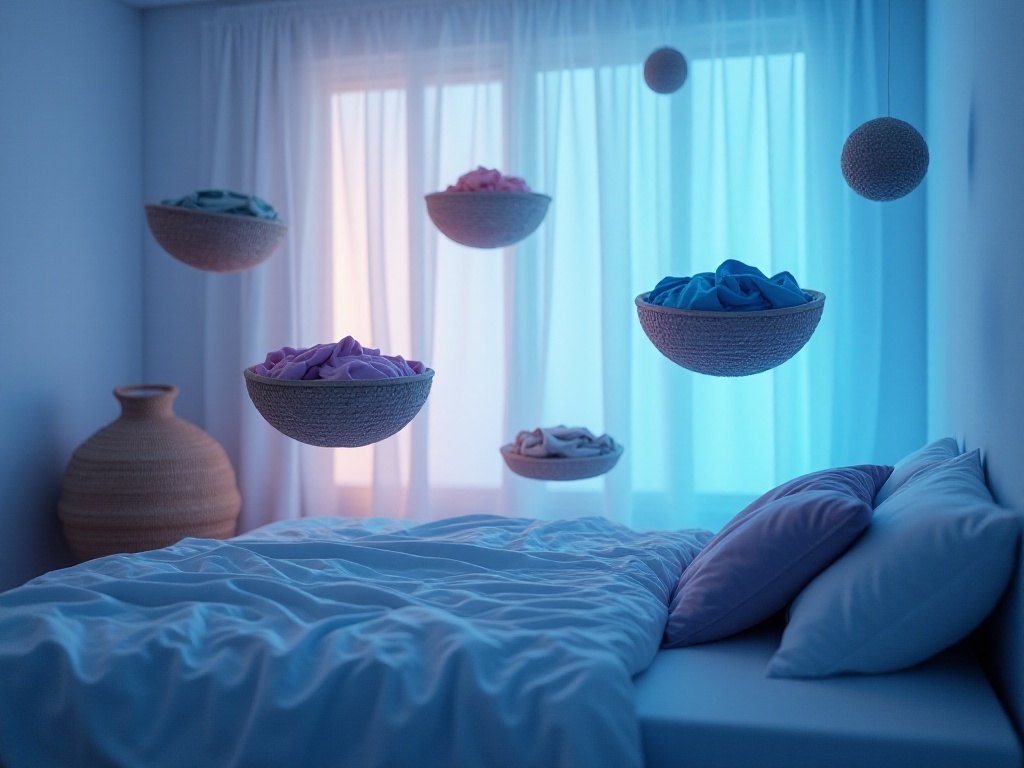
Practical Insights
Through this period of practice, I deeply feel that organization and storage isn't just a life skill but a life attitude. It teaches how to treat items more rationally and how to create maximum value in limited space.
Most importantly, a neat and orderly living environment can bring positive psychological effects. Returning to a clean and tidy home naturally improves mood. Work efficiency also increases as time isn't wasted searching for things.
I've found that organization and storage is actually a continuous optimization process. As lifestyle changes, storage solutions need constant adjustment and improvement. For example, when working from home, I replanned the work area's storage system according to needs.
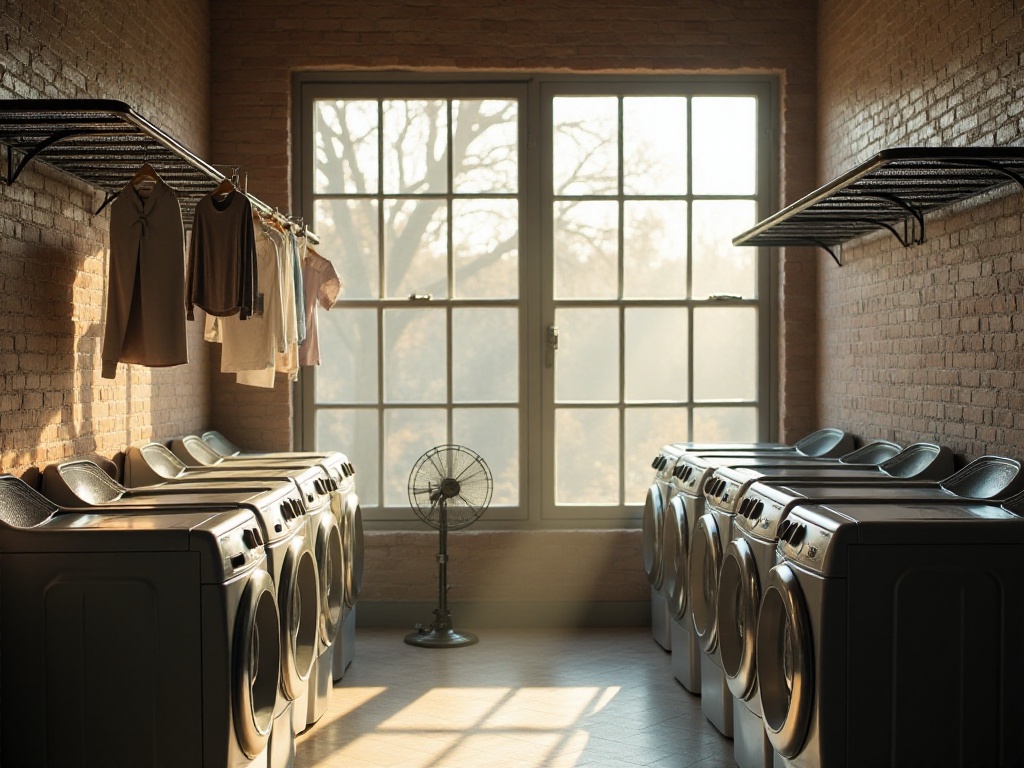
Summary and Outlook
Looking back now, the changes brought by organization and storage far exceed environmental improvement. It has made my life more regular and cultivated my execution and persistence. More importantly, it helped me understand the true meaning of "minimalism" - sometimes, subtraction is more important than addition.
Organization and storage is like a mirror, reflecting our life state and values. Through continuous organization and optimization, we're not just organizing items but organizing life. When you truly start paying attention to every item around you, you'll discover life can be very simple and beautiful.
So, when are you ready to start your organization journey? Trust me, when you take the first step, you're already one step closer to that orderly ideal life.





